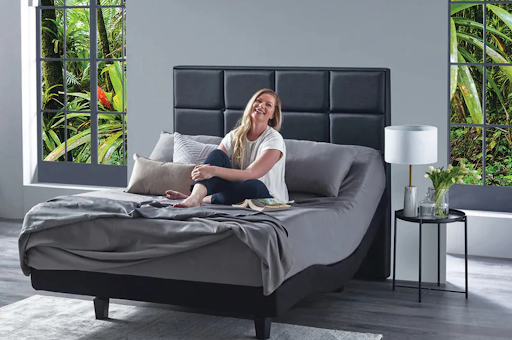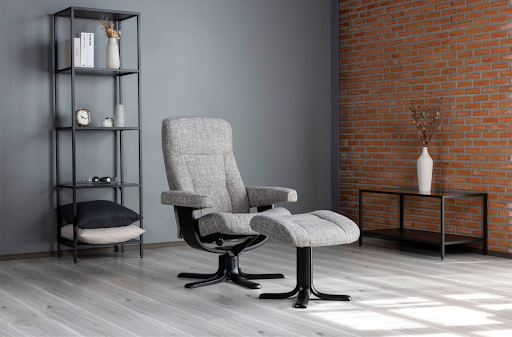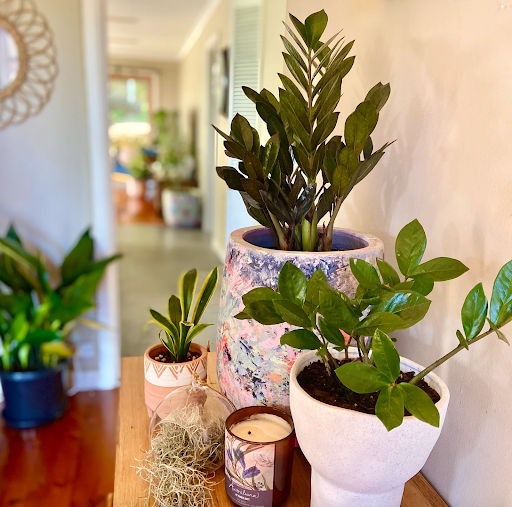At Good Story Blog, we love sharing stories that inspire, inform, and connect people. Our goal is to give you interesting and useful content on topics that matter to you.

Maintaining optimal temperature control in a warehouse is crucial for businesses that store temperature-sensitive products or aim to reduce energy costs. In Australia’s diverse climate, from scorching summers to chilly winters, warehouses face the challenge of keeping internal temperatures stable while balancing efficiency and cost. One solution that has proven effective in many industrial settings is the use of PVC door curtains. But how do these curtains help with temperature control and insulation, and are they the right solution for your warehouse?
How Do PVC Door Curtains Work?
PVC door curtains, particularly PVC strip curtains, are a cost-effective solution for managing temperature in large facilities. They consist of overlapping strips of flexible PVC that hang from a doorway. These curtains act as a barrier between different temperature zones, preventing warm or cool air from escaping while allowing for the easy passage of people, vehicles, or equipment.
The transparent design allows visibility, which is especially important for safety in high-traffic areas. While they may appear simple, PVC door curtains play a significant role in controlling airflow and maintaining a stable temperature inside the warehouse.
Temperature Control and Insulation Benefits
One of the key advantages of PVC door curtains is their ability to regulate temperature. By acting as a barrier between indoor and outdoor environments or different sections of a warehouse, they help to:
Reduce heat transfer: In hot Australian summers, PVC door curtains prevent warm outdoor air from entering, reducing the load on air conditioning systems and keeping the warehouse cooler. In colder months, they help to keep warmth inside, lowering heating costs.
Energy efficiency: By minimising temperature fluctuations, PVC door curtains reduce the strain on HVAC systems. This leads to lower energy consumption, ultimately saving on utility costs.
Create temperature zones: PVC door curtains allow you to create distinct temperature-controlled zones within a warehouse. This is especially useful for businesses that store products requiring refrigeration or specific temperature ranges, such as food or pharmaceuticals.
Prevent drafts: When doors are frequently opened, drafts can disrupt climate control efforts. PVC door curtains minimise the impact of these drafts, maintaining a more consistent indoor environment.
Durability and Flexibility for High-Traffic Areas
Warehouses often experience high traffic, with forklifts, machinery, and personnel moving constantly through different sections. PVC door curtains are designed to withstand this kind of activity, making them a perfect fit for busy environments. The flexible PVC material allows vehicles to pass through easily without causing damage to the curtain, while the strips close back together immediately to maintain the temperature barrier.
Additionally, because these curtains are flexible and durable, they do not wear down as quickly as traditional doors, reducing the need for constant repairs or replacements.
Reducing Energy Costs in Australian Warehouses
With rising energy costs in Australia, businesses are always looking for ways to cut down on utility bills. By installing PVC door curtains, warehouses can significantly reduce the amount of energy wasted due to uncontrolled temperature loss through open doors. This not only lowers electricity bills but also contributes to a more sustainable operation, which is a growing priority for Australian companies.
Studies have shown that PVC door curtains can reduce energy loss by as much as 40-50%, depending on the frequency of door openings and the size of the warehouse. This makes them a smart investment for companies looking to improve their energy efficiency.
Improving Safety and Hygiene
Apart from temperature control, PVC door curtains offer other benefits such as improving safety and maintaining hygiene standards. In industries where cleanliness is critical—such as food processing or pharmaceuticals—PVC door curtains help to prevent dust, contaminants, and insects from entering certain areas. This ensures that sections of the warehouse meet hygiene standards without the need for solid doors, which can be less practical in fast-paced environments.
In terms of safety, the transparent nature of PVC strip curtains ensures that employees and equipment operators have a clear view of who or what is on the other side, reducing the risk of collisions or accidents.
Customisation for Different Industrial Needs
PVC door curtains come in various sizes, thicknesses, and configurations to meet the unique needs of different warehouses. For example, thicker PVC strips may be required for areas with extreme temperature differences or heavier traffic, while thinner strips work well in less demanding environments.
Australian companies can also choose from anti-static, fire-resistant, or antimicrobial options, depending on the specific requirements of their industry. These customisable features make PVC door curtains a versatile and adaptable solution for temperature control and beyond.
Improve Temperature Control and Reduce Energy Costs with PVC Door Curtains
PVC door curtains provide an affordable, durable, and practical solution. They help maintain a stable internal environment, create temperature-controlled zones, and prevent heat or cold loss, all while allowing for easy passage in high-traffic areas.
Whether you’re dealing with Australia’s harsh summer heat or keeping products refrigerated in a busy warehouse, PVC door curtains offer an effective way to enhance your facility’s climate control. With the added benefits of energy savings, improved safety, and hygiene, they are a smart investment for any industrial or commercial operation.









